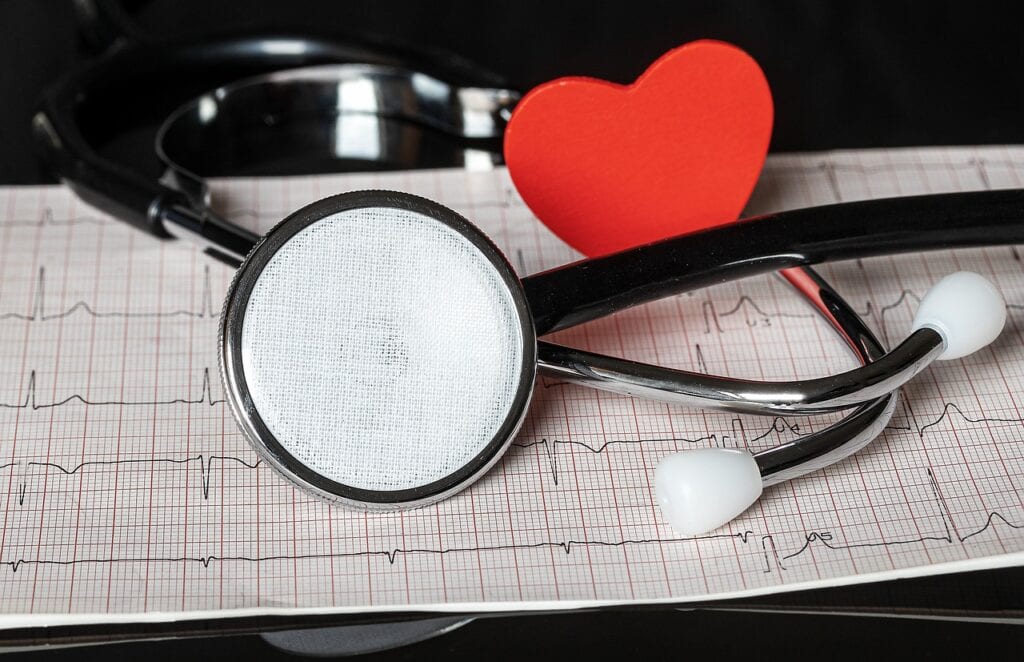According to a story from Buzzfeed News, the coronavirus/COVID-19 pandemic continues to present new surprises and challenges to the medicine and science communities. In a recent interview, Wayne Sebastianelli, who is the football team doctor at Penn State, recently walked back an earlier statement in which he claimed that as many as 35% of football players diagnosed with COVID-19 in the Big 10 conference had heart inflammation. In fact, he said that the true number was around 15 percent.
While the doctor had to correct himself, his report nevertheless points to another confounding manifestation of COVID-19, the disease caused by the coronavirus: potential heart damage. However, this symptoms isn’t just impacting football players and other athletes. Mitchell Elkind, and epidemiologist from Columbia University who is also president at the American Heart Association, says that anywhere from 20 to 30 percent of patients who require hospitalization show signs of potential heart involvement, including myocarditis (heart muscle inflammation).
Heart involvement may only noticed after peak symptoms have declined, and heart problems also appear to manifest in so called “long-haulers,” who continue to have problems and symptoms from infection months after first being diagnosed with COVID-19. These patients often have a variety of serious systemic manifestations that refute the understanding of the virus as primarily affecting the respiratory system.
Interestingly, the myocarditis associated with COVID-19 appears to behave a little differently than other forms, but the implications of these observations aren’t fully understood yet. In some patients with heart inflammation, medication may be necessary to maintain a steady heartbeat. Other viruses can also cause myocarditis, but so far it appears to occur more frequently in COVID-19.
Ultimately, the threat of heart inflammation is a signal to the lasting impacts that this virus will have on public health for decades into the future, even after the pandemic has past. It seems likely that hundreds of thousands of patients may now face chronic and potentially debilitating after-effects that may never completely resolve.
This makes it all the more essential for the general public to continue to social distance and isolate as much as possible while being diligent about hand washing and wearing masks when around others.








